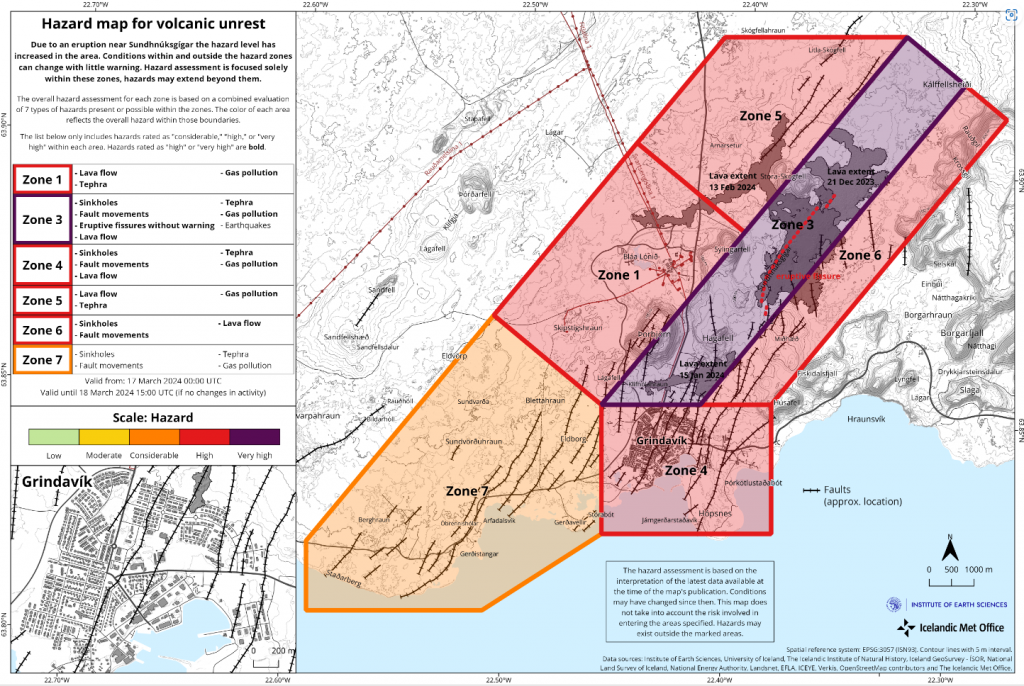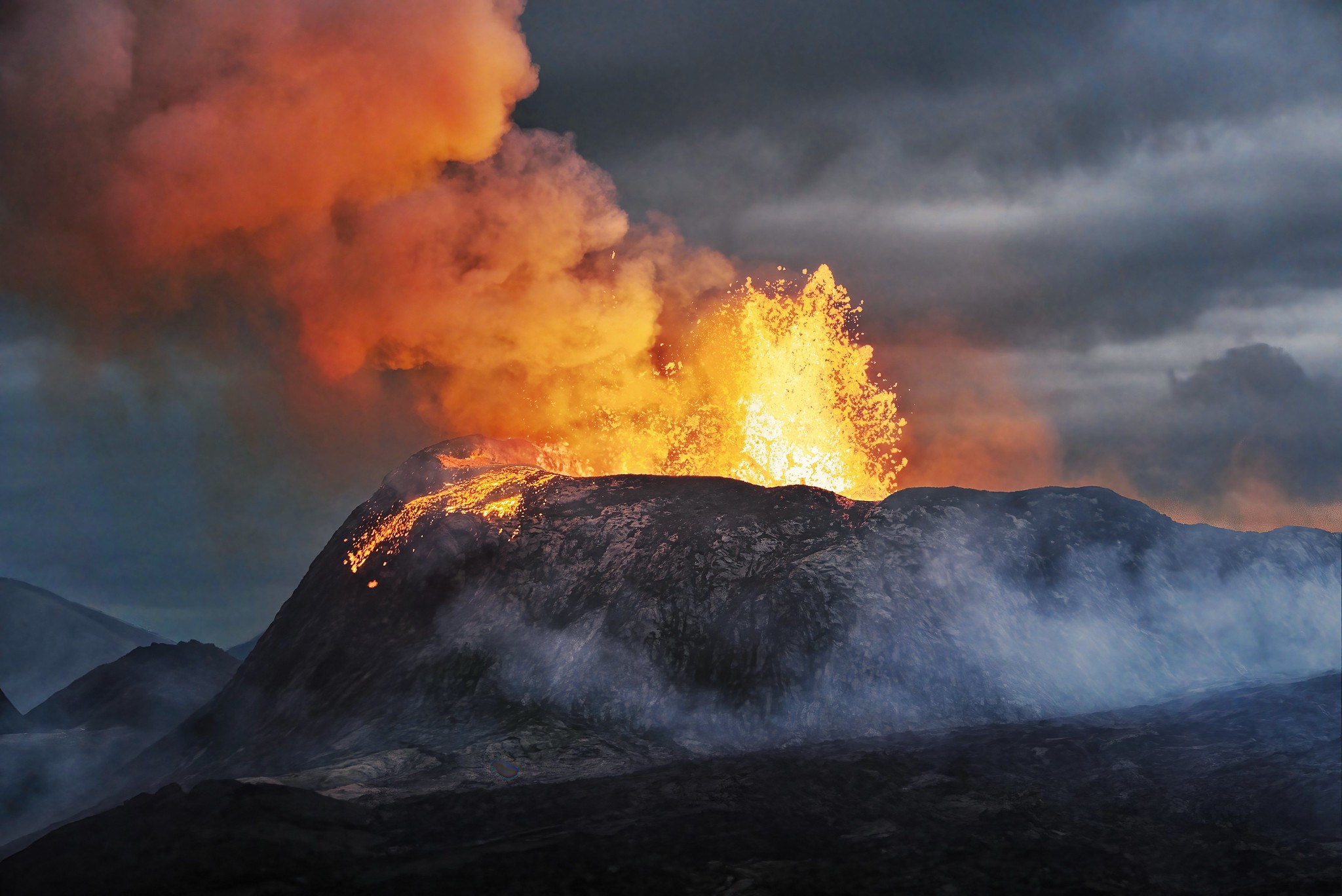Iceland’s Meteorological Office (IMO) said that the eruption opened 3-kilometre-long fissures in the earth between two mountains on the Reykjanes Peninsula.
IMO had warned weeks before the incident that magma was building up under the ground, making the likelihood of an eruption very high.
Lava was flowing south-east reaching the mostly evacuated town of Grindavik, travelling at a rate of 1km an hour overnight.
Man-made defensive barriers appeared to have held, steering away the lava from Grindavik.
The few residents who had returned home following the recent eruption in February, which destroyed pipelines and roads, were evacuated again on Saturday.
Hundreds of people were evacuated from the Blue Lagoon thermal spa — Iceland’s most popular tourist attraction — when the eruption begun, RÚV reported, as footage of magma boiled from the earth.
The eruption has not ended but has slowed down significantly.
“Seismic activity has decreased since the eruption began,” the IMO’s Pálmi Erlendsson told the broadcaster RÚV.

On 14 January, another eruption sent lava destroying several buildings. A third eruption on 8 February lasted mere hours but hit a key water pipeline.
None of the eruptions have affected Iceland’s main international airport, just located north-west of Grindavik.
Magnús Tumi Guðmundsson, a geophysicist who flew over the site in a helicopter, told RÚV the latest eruption was the most powerful they have seen on the peninsula so far.
The director of Iceland’s civil defence, Vidir Reynisson, said that all possible preparations to prepare for the flow had been done, and the primary concern was the impact on infrastructure.
He told reporters on Sunday that all roads to Grindavik would be potentially closed.
Iceland sits on a volcanic hotspot in the North Atlantic, making it highly equipped with dealing with eruptions.
No deaths have been reported from any of the recent eruptions.






